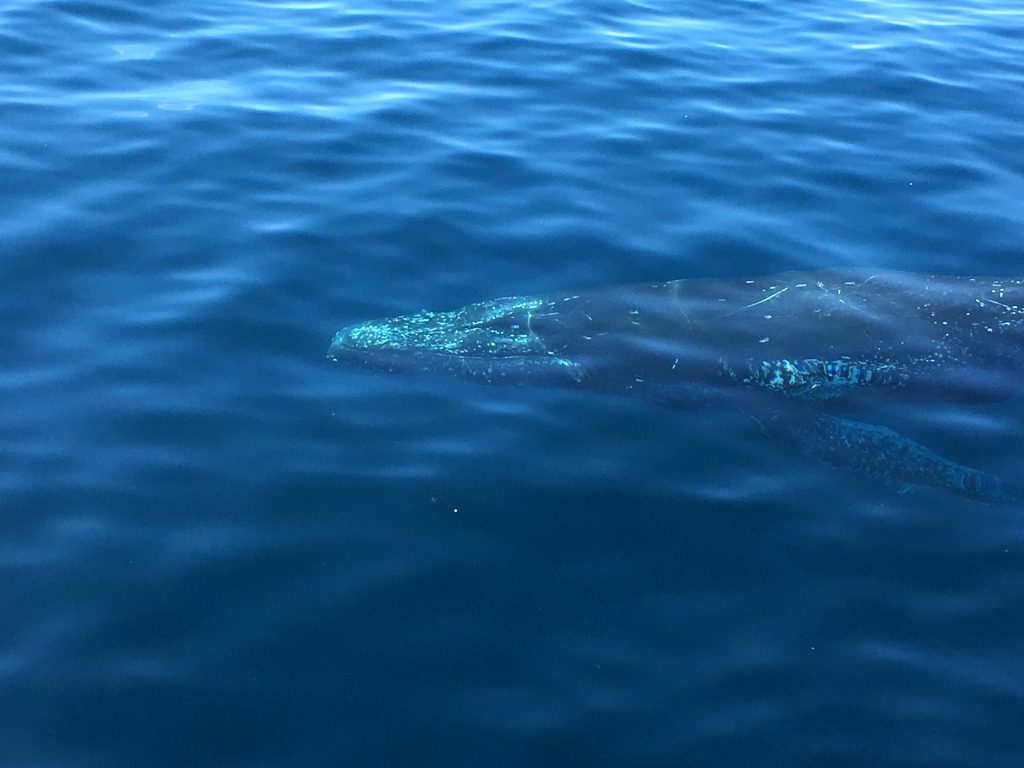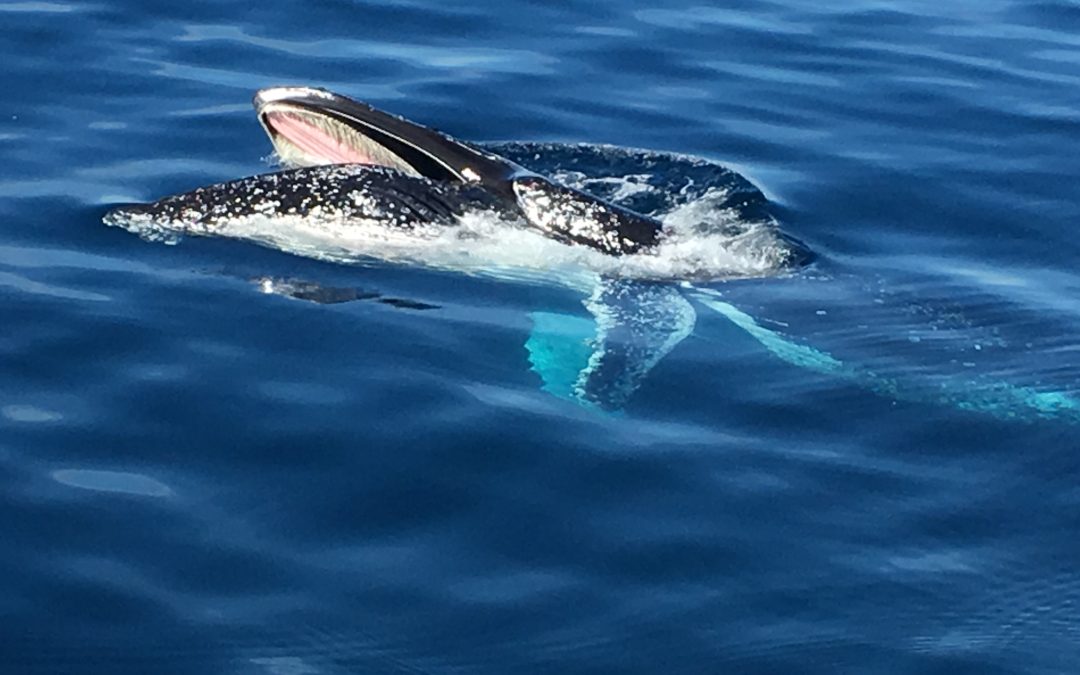Discover the Spectacle of Whale Migration Along the Barrington Coast
Each year, from May to November, the Barrington Coast hosts one of nature’s most awe-inspiring events: the annual whale migration. This natural wonder draws enthusiasts from all over the world to witness the majestic journey of marine giants as they travel along the New South Wales (NSW) coastline. At Blueys Retreat, we offer the perfect vantage point to enjoy this incredible experience. Here’s what you need to know to make the most of your visit.
The Giants’ Journey
Whale migration is one of the longest journeys in the animal kingdom. Humpback and southern right whales are the most commonly seen species along the Barrington Coast. These whales migrate from the frigid waters of Antarctica, where they spend the summer feeding, to the warmer waters of the Coral Sea to breed and give birth. This journey spans thousands of kilometers, driven by the need to ensure the survival of their calves in more temperate waters.
Prime Viewing Locations
The Barrington Coast offers many excellent spots for whale watching. Here are some of the best places to catch a glimpse of these magnificent creatures:
– Crowdy Head: Known for its panoramic views, this spot often sees whales coming very close to shore.
– Forster-Tuncurry: With multiple headlands, this area offers several great locations to watch for whales, especially from Bennetts Head Lookout.
– Seal Rocks: A beautiful beach that’s also a fantastic spot for whale watching, particularly from Sugarloaf Point Lighthouse.

Fascinating Whale Migration Facts
Whale migration is more than just a journey; it’s a spectacle of nature’s wonders:
– Humpback Whales’ Breaching: One of the most dramatic behaviors is breaching, where the whale leaps out of the water. This display might be a form of communication, play, or a way to remove parasites.
– Southern Right Whales’ Tail Sailing: These whales often lift their tail flukes above the water, catching the wind like a sail. This behavior could help them cool down or communicate.
– Migration Routes: Whales follow coastal routes, often staying close to shorelines. This makes NSW’s coastline one of the world’s best spots for whale watching.
Best Times for Whale Watching
Whale watching is possible anytime between May and November, but the peak times vary:
– Northern Migration: Best observed from May to August, when whales are heading to breeding grounds.
– Southern Migration: From September to November, whales return to Antarctic feeding grounds with their new calves. During this time, mother whales with their calves provide a heartwarming sight as they navigate coastal waters.
Enhance Your Stay at Blueys Retreat
Staying at Blueys Retreat puts you in a prime location for whale watching while offering a tranquil and luxurious base to explore the Barrington Coast. After a day of whale watching, return to the comfort of your accommodation, enjoy local cuisine, and relax in our serene surroundings.
Maximize Your Experience
For a closer look at these majestic creatures, consider taking a whale-watching tour. Several operators in the area offer boat trips that bring you up close to the whales, with expert commentary on their behaviors and migration patterns.
Plan Your Visit
Plan your trip during the whale migration season to immerse yourself in one of nature’s most awe-inspiring spectacles. Whether on land or sea, the Barrington Coast offers perfect vantage points for an unforgettable whale-watching adventure.
Get in touch with our friendly staff today, visit Blueys Retreat

